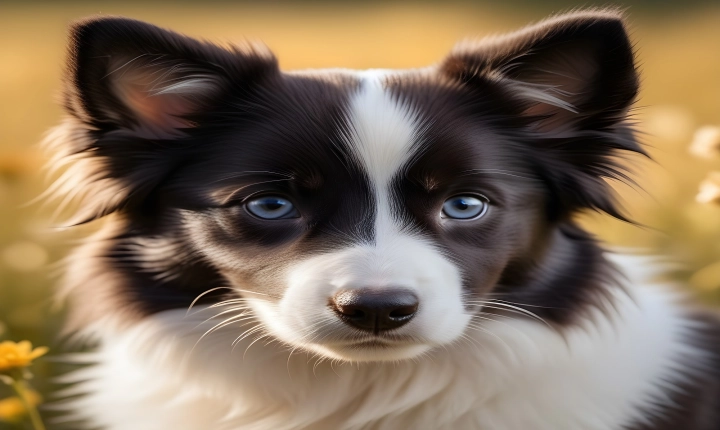In recent years, the advancements in artificial intelligence have led to the creation of incredibly realistic and convincing images. These AI-generated images, also known as deepfake images, have the potential to deceive people and create misinformation. With the rise of deepfake technology, it has become increasingly important to be able to discern between real and AI-generated images. In this article, we will explore some methods to check if a picture is AI-generated.
One of the first steps in identifying AI-generated images is to look for inconsistencies and anomalies within the picture. Often, AI-generated images may have subtle errors or artifacts that are not present in real photographs. It is important to pay attention to details such as lighting, shadows, reflections, and proportions as these elements are often challenging to replicate accurately with AI technology.
Another approach to determining if an image is AI-generated is to use specialized software and tools designed to detect deepfake images. There are several reputable platforms available that utilize machine learning algorithms to analyze images and identify signs of manipulation. These tools can help to uncover alterations made to the image that may not be noticeable to the human eye.
Furthermore, examining the metadata of the image can provide valuable information about its origins. Metadata can reveal details such as the camera model used to capture the image, the date and time of capture, and any post-processing software applied to the image. Discrepancies in the metadata can indicate that the image has been digitally manipulated or generated by AI.
Additionally, reverse image searching can be a useful technique to determine the authenticity of an image. By using search engines or specialized reverse image search platforms, users can discover if the image has been previously published online or if it is a unique creation. AI-generated images may appear across multiple sources or lack any previous history, while real photographs are more likely to have a traceable origin.
It is also important to consider the context in which the image is presented. If the source of the image is unreliable or if the image is used to convey a controversial or suspicious message, it is important to be extra cautious about its authenticity.
In conclusion, as the technology for creating AI-generated images continues to evolve, it is essential for individuals to exercise critical thinking and skepticism when encountering digital images. By employing the methods outlined above, such as examining for inconsistencies, utilizing specialized software, analyzing metadata, conducting reverse image searches, and considering the context of the image, individuals can better equip themselves to discern AI-generated images from authentic photographs. As deepfake technology becomes more prevalent, the ability to identify AI-generated images will be increasingly important in combating misinformation and false narratives.
